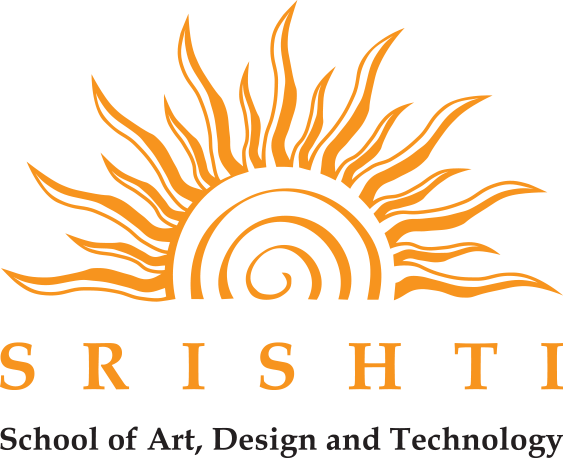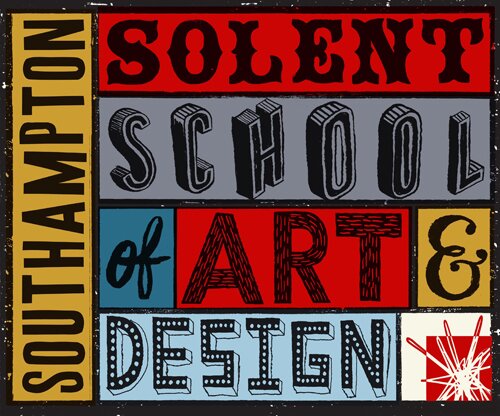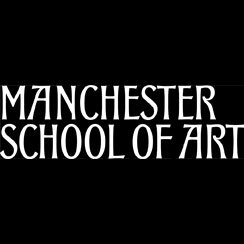
Alison Byrnes
Srishti school of Art,Design and Technology
Alison’s background is in both academics and the arts, and she continues to straddle both worlds in her courses and artistic practice. Having studied ancient history and Latin literature before taking up her pursuit of fine art, historiographical methods continue to inform her work. Alison combined her interests in her post-graduate education at the University of Michigan by going into Museum Studies, followed by work in a range of museums – the Getty Center and Villa, The Museum of Magic, and The Exhibit Museum of Natural History. She works at the Srishti School of Art, Design and Technology, coordinating the liberal arts program, heading museum and gallery practices and illustration along with teaching across the board from foundation to post-graduate studies.
Abstract:
Translating Time: Depictions of Sequence in Static Images
Image-makers have approached the issue of depicting a sequence using various strategies throughout history. How can a static image express the passage of time, and grapple with the 4th dimension before acknowledging the 3rd? This paper will
explore several of these strategies. Synoptic images compress two or more moments from a single narrative into a single, impossible (with respect to the narrative at hand) image. Iconic images provide a single “perfect” moment in the narrative,
usually at the height of action or story arch. Images utilizing continuous narrative depict a figure more than once across the same frame to convey time through planar “movement.” Sequential images break time into discreet frames, which are
then arranged adjacent to each other. None of these depict time “as it is” – each becomes a convention, understandable to the initiated, as translation of a verbal message or a lived event. The chronological message behind each of these strategies can be interpreted both in context to the cultural exigencies contemporaneous to their production and as a means by which to tease out the nature of the “moment” in order to understand the complexities of the word and image relationship. A moment can be divided infinitely into smaller and smaller units, or be expanded to encompass entire episodes or even epochs with adjacent increments comprising sets, or associative groups. Through the examination of the process of translation from text to image via examples from the past, we can understand the ontological concerns of contemporary illustrations, many of which stake a claim of existing outside of time. ”







